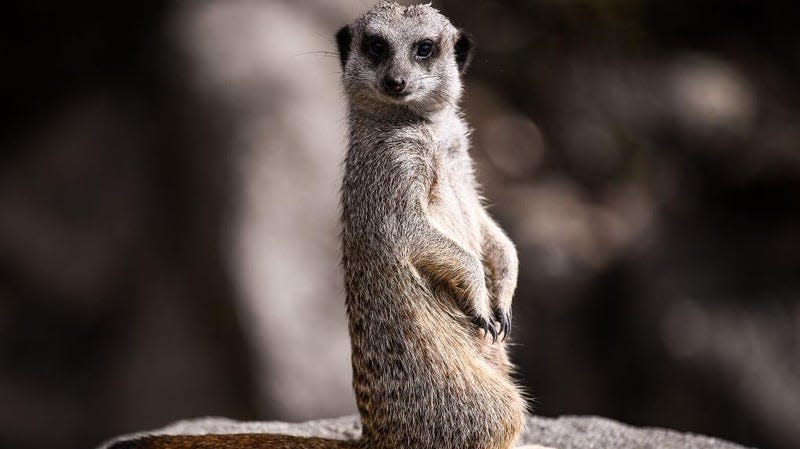Philadelphia Zoo Suspects Topical Dye Killed Five of Its Meerkats

The Philadelphia Zoo is mounting an investigation into the deaths of five meerkats, in particular whether a dye used to differentiate the animals killed them instead.
Zoo workers administered the dye to the meerkats on June 1 in an apparently routine procedure, but 30 minutes later, one was dead. Within 36 hours, three other meerkats whose stomachs were immediately pumped and were kept under observation had died, with the fifth dying a week later. According to zoo officials, Nyanzol-D, a topical agricultural dye, has been used routinely to differentiate animals for more than three decades with no known deaths linked to its use.
Read more
The meerkats – Nkosi, Lula, Nya, Kgala, and Ari – had been at the zoo for 10 years and were fun-loving creatures kept in the Small Mammal House which contained the ‘360 Meerkat Maze’ exhibit. The exhibit allowed the meerkats to interact with other animals and children.
The zoo’s Vice President of Animal Wellbeing, Rachel Metz, told ABC6 News that the zoo’s visitors had embraced the meerkats when they came to the zoo, and the staff who worked closely with the animals are devastated. “They are very popular, very charismatic animals with individual personalities,” she said, adding, “Our staff spends more time with these animals than they do with their own families or even their pets at home. So there’s a real legitimate bond they feel with the animals, and obviously, they’re devastated right now.”
The zoo has not said if the dye was definitively at fault, but has suspended its use during the investigation. Metz told ABC6 that although the matter is still being looked into, the zoo does “suspect that we lost the animals to a topical dye that helps us mark our animals for identification… .”
She told NBC News that the question remains, if the dye is at fault, how it differentiates from other animals’ reactions to it? “We’ve been implementing a robust internal and external fact-finding mission,” she said. “Right now we’re not actually sure how it happened, and we’re not even 100% sure that it was the dye that caused this, but we’re in active fact-finding mode right now.”
Metz and the Philadelphia Zoo did not immediately respond to Gizmodo’s request for comment.
More from Gizmodo
Sign up for Gizmodo's Newsletter. For the latest news, Facebook, Twitter and Instagram.

